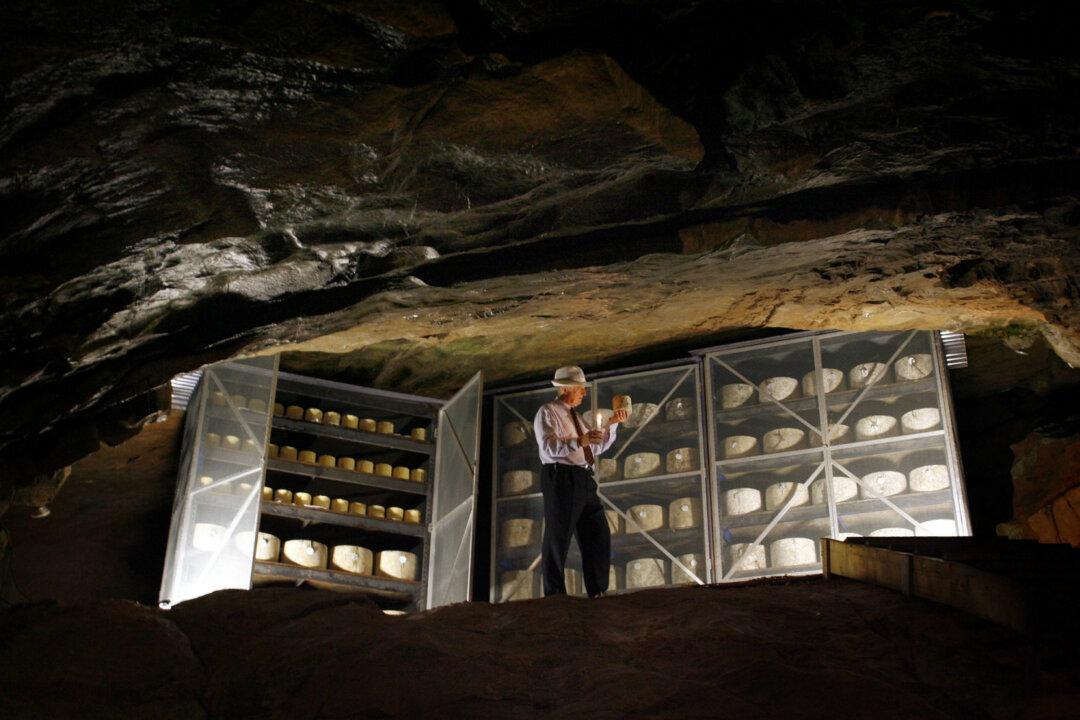In their small riverside dairy, cheerful cheesemakers Katherine and John Spencer are unlikely standard bearers for one of the world’s oldest food processes.
The couple are the last cheesemakers in their village—which wouldn’t be very remarkable if that village wasn’t called Cheddar. Among the leafy lanes and rolling farmland of Somerset, in England’s rural West Country, Cheddar is the birthplace of one of the world’s most famous and popular cheeses.

